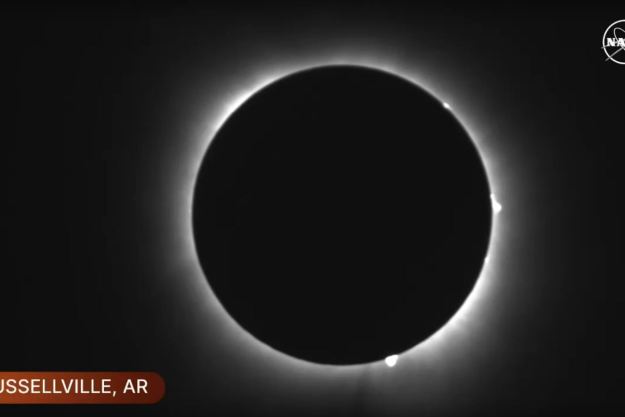NASA is ramping up plans for a new sky survey tool that could help unravel some of the biggest mysteries about the origin of the universe.
The mission, called SPHEREx or Spectro-Photometer for the History of the Universe, Epoch of Reionization and Ices Explorer, is set to launch by April 2025 and will investigate big questions in cosmology, such as what happened in the first few seconds after the Big Bang and how the universe developed and evolved. To investigate these issues, the mission is different from telescopes like Hubble which look at individual stars or galaxies. Instead, SPHEREx is a type of mission called a survey telescope, which looks at the entire sky. That enables it to see information about the universe on a large scale.

“It’s the difference between getting to know a few individual people, and doing a census and learning about the population as a whole,” said Beth Fabinsky, deputy project manager for SPHEREx at NASA’s Jet Propulsion Laboratory (JPL), in a statement. “Both types of studies are important, and they complement each other. But there are some questions that can only be answered through that census.”
SPHEREx uses different hardware from telescopes like Hubble and James Webb as well. Instead of having a very large mirror that can focus on very distant objects, it will have a primary mirror just 8 inches across. But it will be able to scan 99% of the sky every six months, which is far faster than these other telescopes. Like Webb, SPHEREx will look in the infrared wavelength and will use an instrument called a spectrometer which breaks down light to see what distant objects are composed of.
With the concept for the mission pinned down, now the team is working on getting the hardware ready for space. “We’re at the transition from doing things with computer models to doing things with real hardware,” said Allen Farrington, SPHEREx project manager at JPL. “The design for the spacecraft, as it stands, is confirmed. We have shown that it’s doable down to the smallest details. So now we can really start building and putting things together.”
The mission has faced delays due to covid, but the aim is to launch SPHEREx into low-Earth orbit by 2025 at the latest.
Editors' Recommendations
- Here are the new spacesuits astronauts will wear for tonight’s Starliner launch
- First crewed Starliner test needs good weather for launch. Here’s the forecast
- NASA selects 9 companies to work on low-cost Mars projects
- NASA gives green light to mission to send car-sized drone to Saturn moon
- NASA needs a new approach for its challenging Mars Sample Return mission



